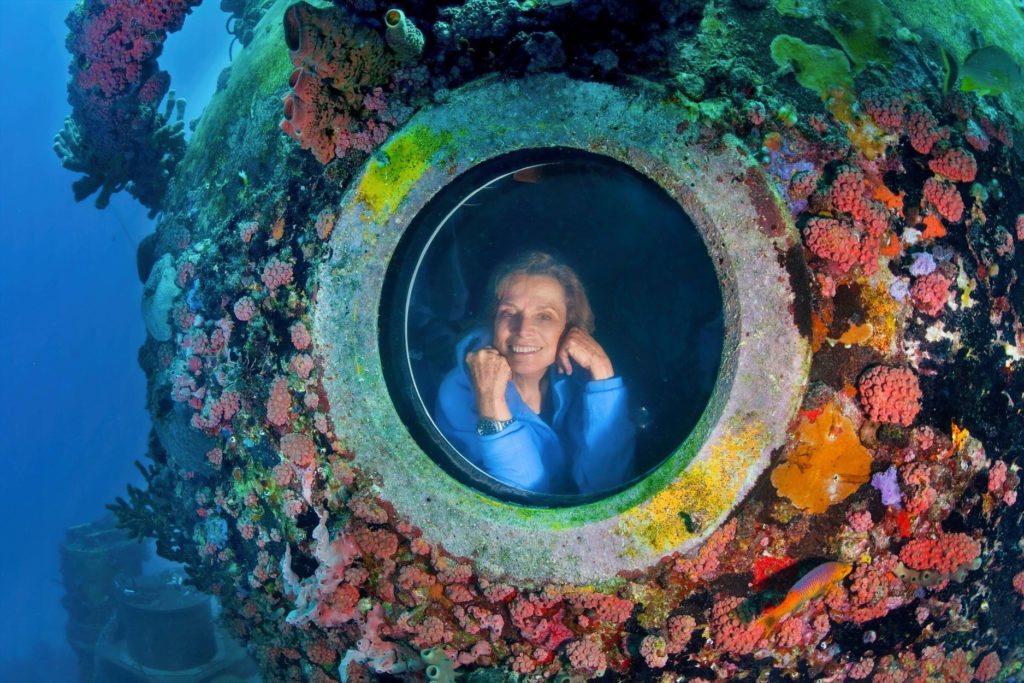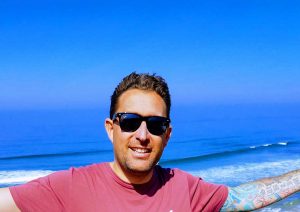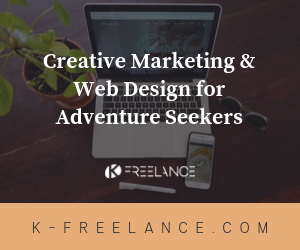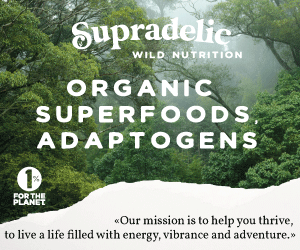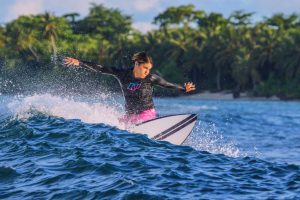
Episode 11: Meet Jenn Biestman, Waterwoman and Co-Founder of Local-Ish
Today’s conversation is taking us to Hawaii, on the island of Maui, where my guest was up before the chickens to talk to me, her name is Jenn Biestman.
Jenn’s story is truly uplifting.
At the age of 27, Jenn suffered a severe back injury that left her immobilized and in pain with no real prospect of recovery. Basically, the doctors had made it clear that her life as an adventurous human being was doomed…
In the turmoil of having to face this life-shattering news, she hobbled to the airport, and took off to Maui to try to figure things out.

